Arca South and TCITX: Building the future of urban connectivity and mobility
This transport hub paves the way for enhanced connectivity and mobility in Metro Manila

The way we live, work, and move around Metro Manila is changing, and at the center of this shift is the need for better accessibility. Great communities thrive on seamless mobility, where well-planned infrastructure enhances convenience, drives economic growth, and improves the overall quality of life.
The Taguig City Integrated Terminal Exchange (TCITX) is set to reshape mobility in Metro Manila, bringing the city closer to a more connected future. Its groundbreaking marks the beginning of a major transit hub in Arca South Estate. This five-hectare transport hub will link passengers to key transit systems, including the North-South Commuter Railway (NSCR), and the Metro Manila Subway Project (MMSP), making it a vital component of the region’s urban network. The estate’s connectivity to the Southeast Metro Manila Expressway (SEMME) or Skyway Stage 4 further cements its role as a major transport hub, seamlessly integrating subway, railway, bus, and jeepney AUV terminals.
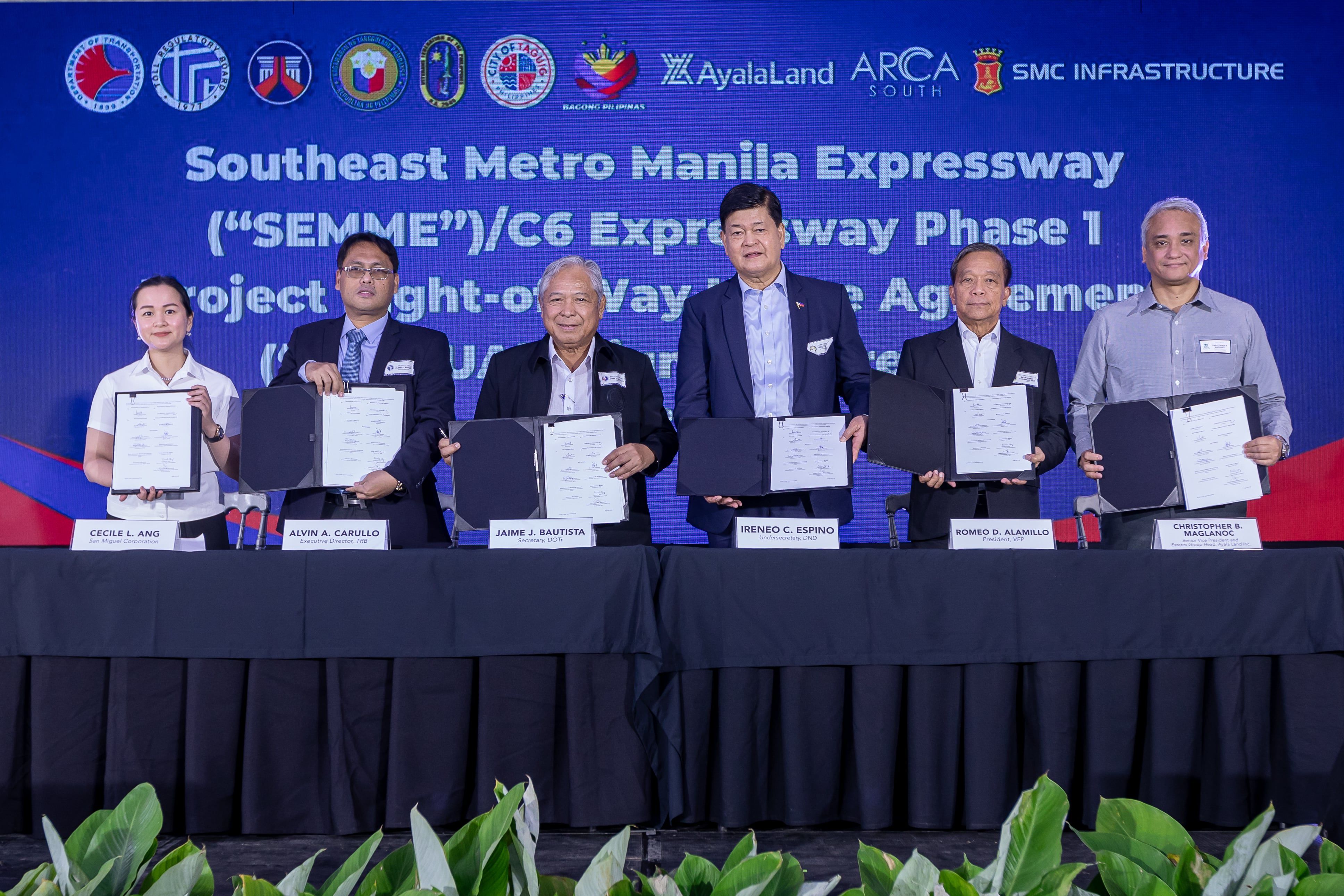
The integration of TCITX and SEMME into Arca South Estate is a collaborative effort between Ayala Land and key government agencies, including the Department of Transportation (DOTr), the Department of Public Works and Highways (DPWH), the Department of National Defense (DND), the Veterans Federation of the Philippines (VFP), the Toll Regulatory Board (TRB), and San Miguel Corporation. As part of the government’s "Build Better More" initiative, these projects, led by DOTr Secretary Jaime J. Bautista, aim to transform the country’s transportation landscape through strong public-private partnerships.

“Today, we go back to its roots as a gateway connecting Metro Manila to the provinces, but this time, not just for food—but for people, commerce, and ideas. Together, we are building more than just infrastructure—we are creating opportunities, enhancing lives, and making everyday experiences better. We are building a better future for Filipinos,” said Ayala Land President and CEO Meean B. Dy, during the TCITX groundbreaking ceremony in Arca South, Taguig City.
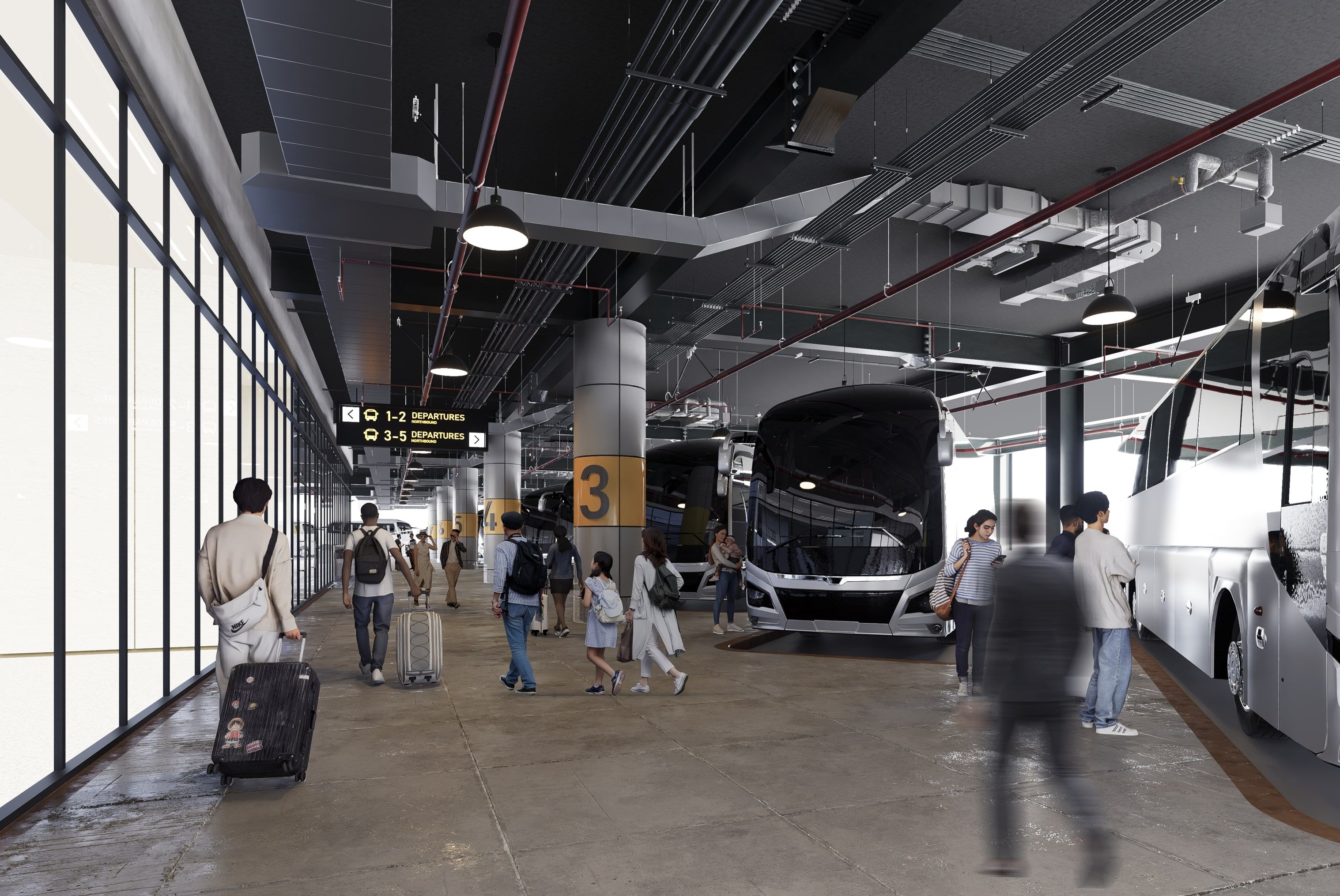
The TCITX is expected to be fully operational by 2028, with the capacity to accommodate 160,000 passengers and 5,200 vehicles daily, ensuring a smooth and efficient commuting experience.
A closer look at Arca South
Arca South Estate, a 74-hectare master-planned, mixed-use development by Ayala Land Estates in Taguig City, is rapidly evolving into a vibrant district that redefines urban living. Positioned as Metro Manila’s next central business district, it integrates residential, commercial, and recreational spaces seamlessly.
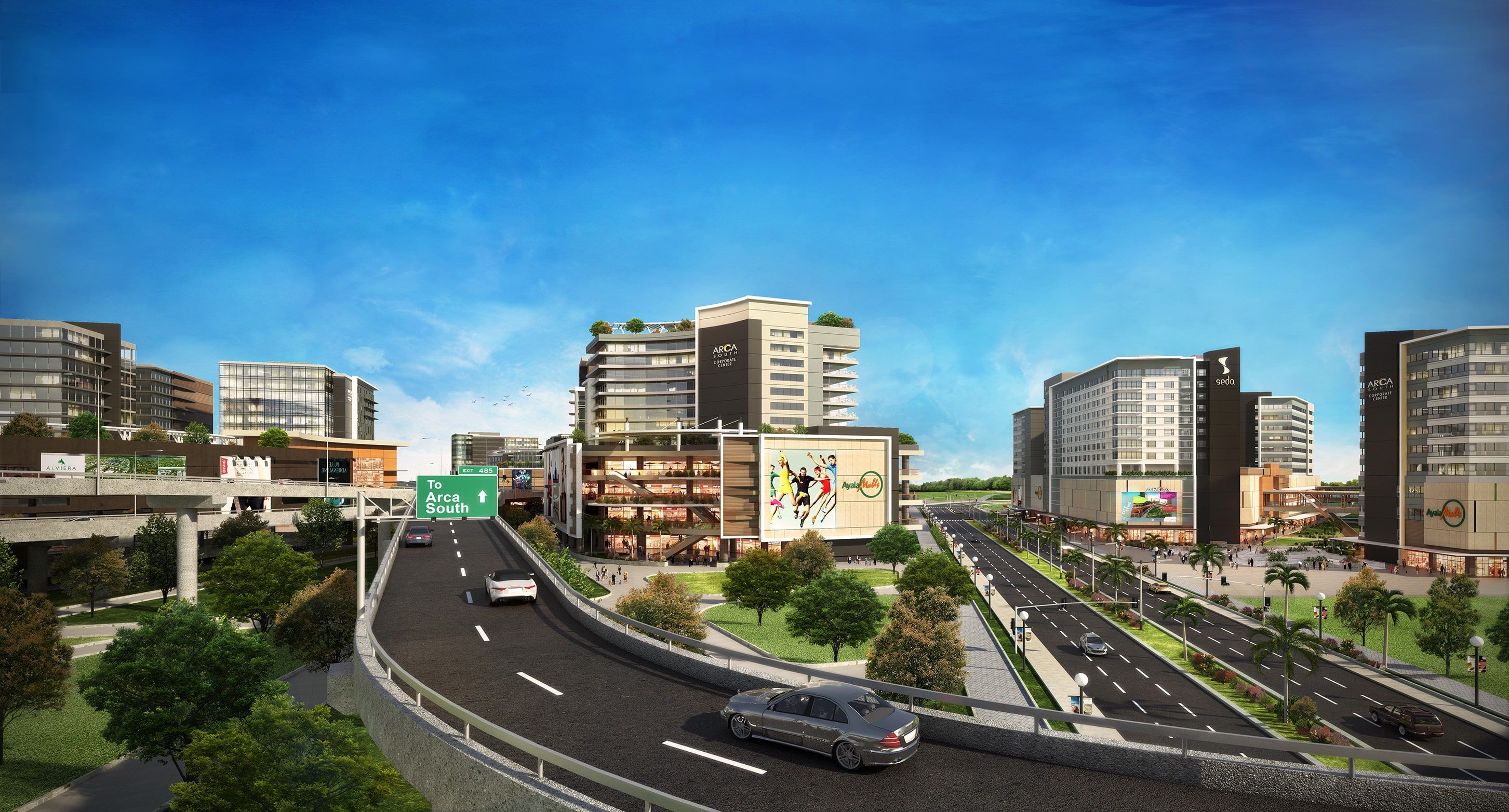

Among its standout features is the Healthway Cancer Care Medical Center, the country’s first comprehensive cancer hospital. Landers Superstore provides premier membership shopping, while Arca South Pitch, home to the Barca Academy Manila, nurtures young football talent. Adding to the estate’s diverse offerings, The Blue Leaf, a sophisticated event space that provides an elegant venue for memorable gatherings, is breaking ground in May 2026.
The Blue Leaf Events Space will be the most environmentally friendly venue in The Blue Leaf portfolio, incorporating solar power, rainwater systems, and energy-efficient technologies—furthering Ayala Land’s commitment to sustainability.


Arca South is also home to three of Ayala Land’s residential brands—Ayala Land Premier, Alveo, and Avida. Its low-density, mid-rise condominiums, including Avida Towers One Union Place, Vireo, Arbor Lanes, and Park Cascades, are seamlessly connected to retail areas and open spaces. Lush greenery, pedestrian-friendly streetscapes, and multi-use public spaces foster a sense of community and well-being.
Business professionals will find prime commercial office spaces at Tryne Enterprise Plaza, while food lovers can look forward to Ayala Malls Arca South, set to open its first phase in December 2025. The mall will feature a curated food hall, a vibrant market hall, and the country’s first dedicated coffee zone.
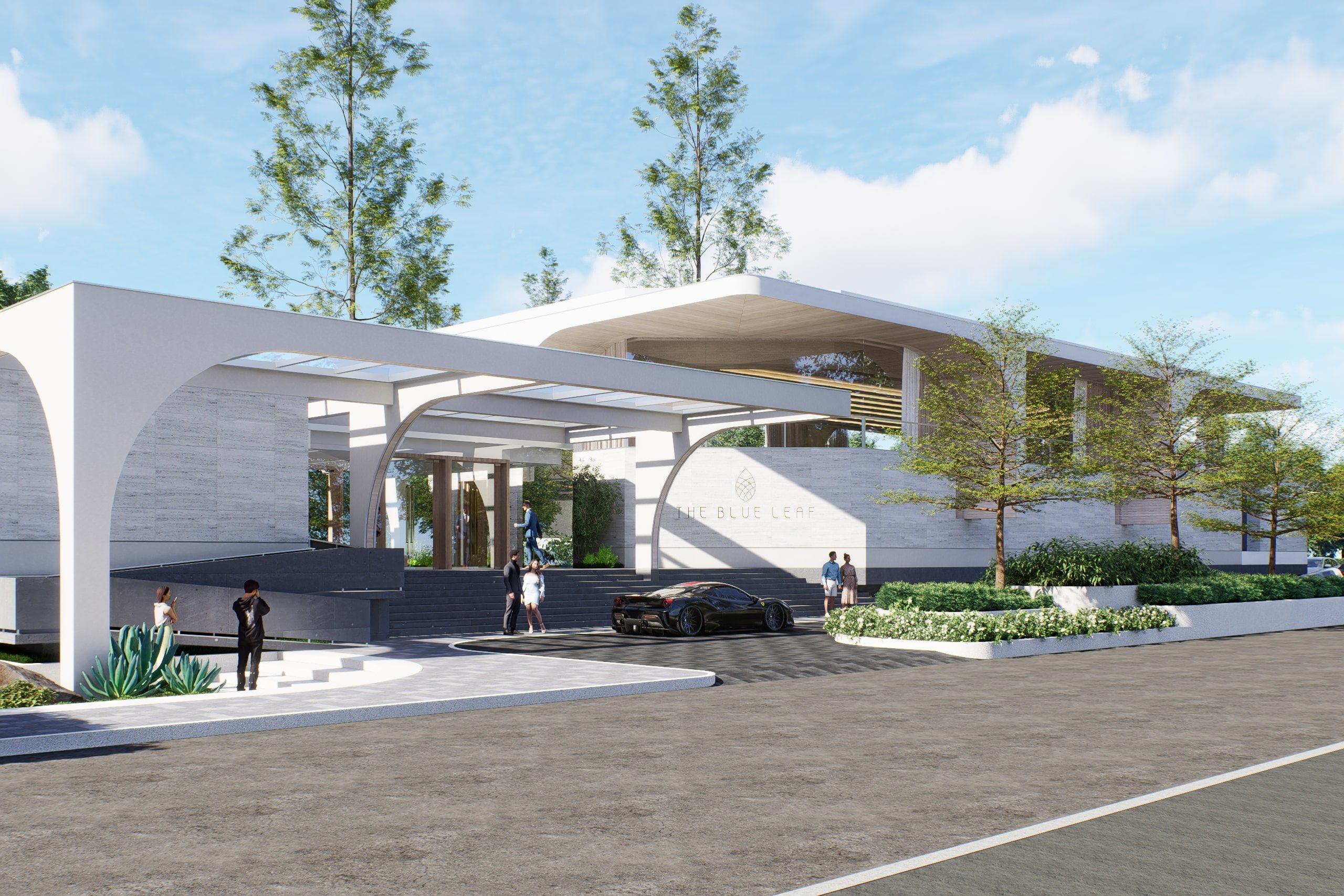
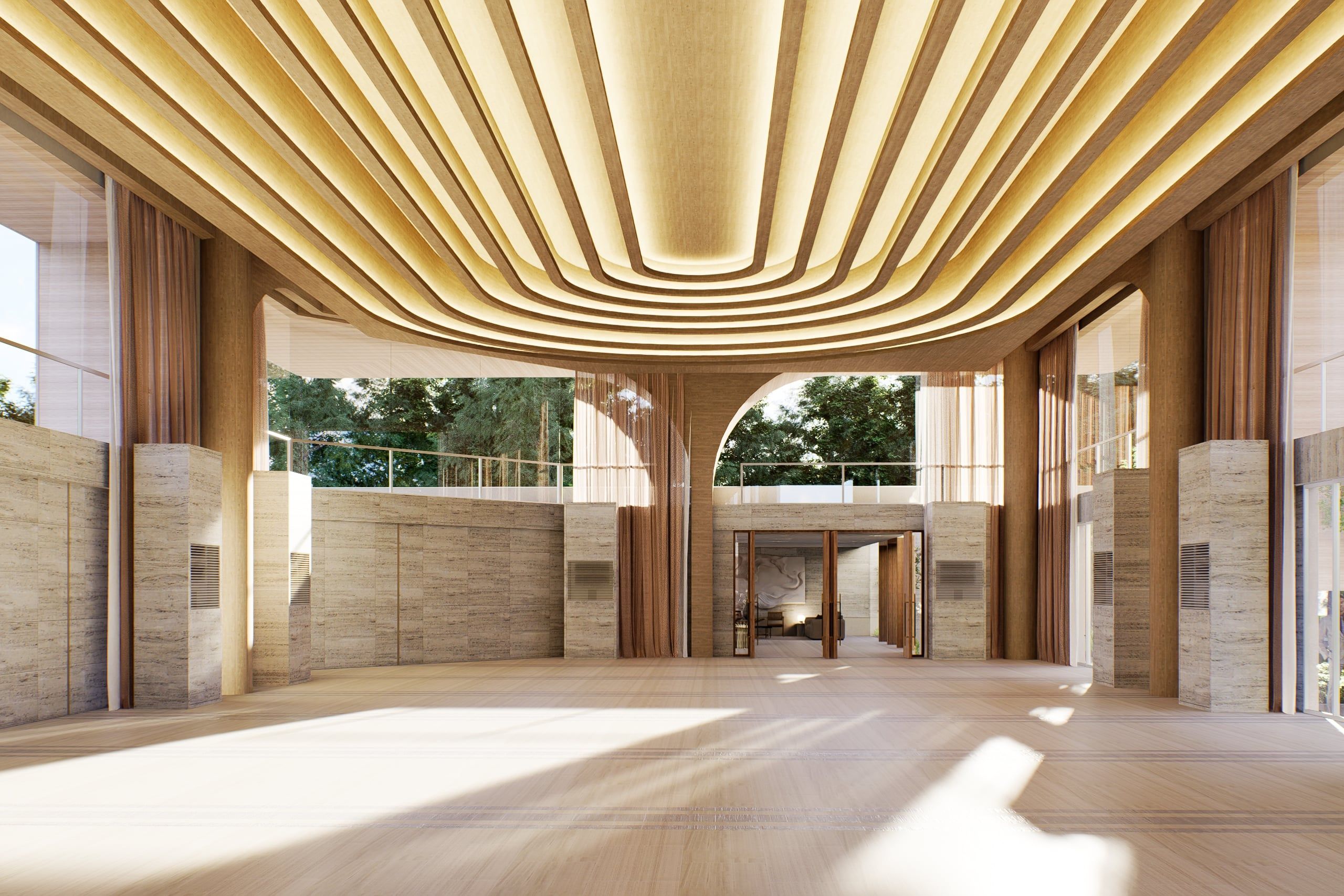
As Ayala Land pushes forward with Arca South’s development, it cements its role as a leader in sustainable urban planning. With enhanced connectivity and modern infrastructure, the estate is not just reshaping mobility—it’s redefining how people live, work, and thrive in Metro Manila’s evolving landscape.